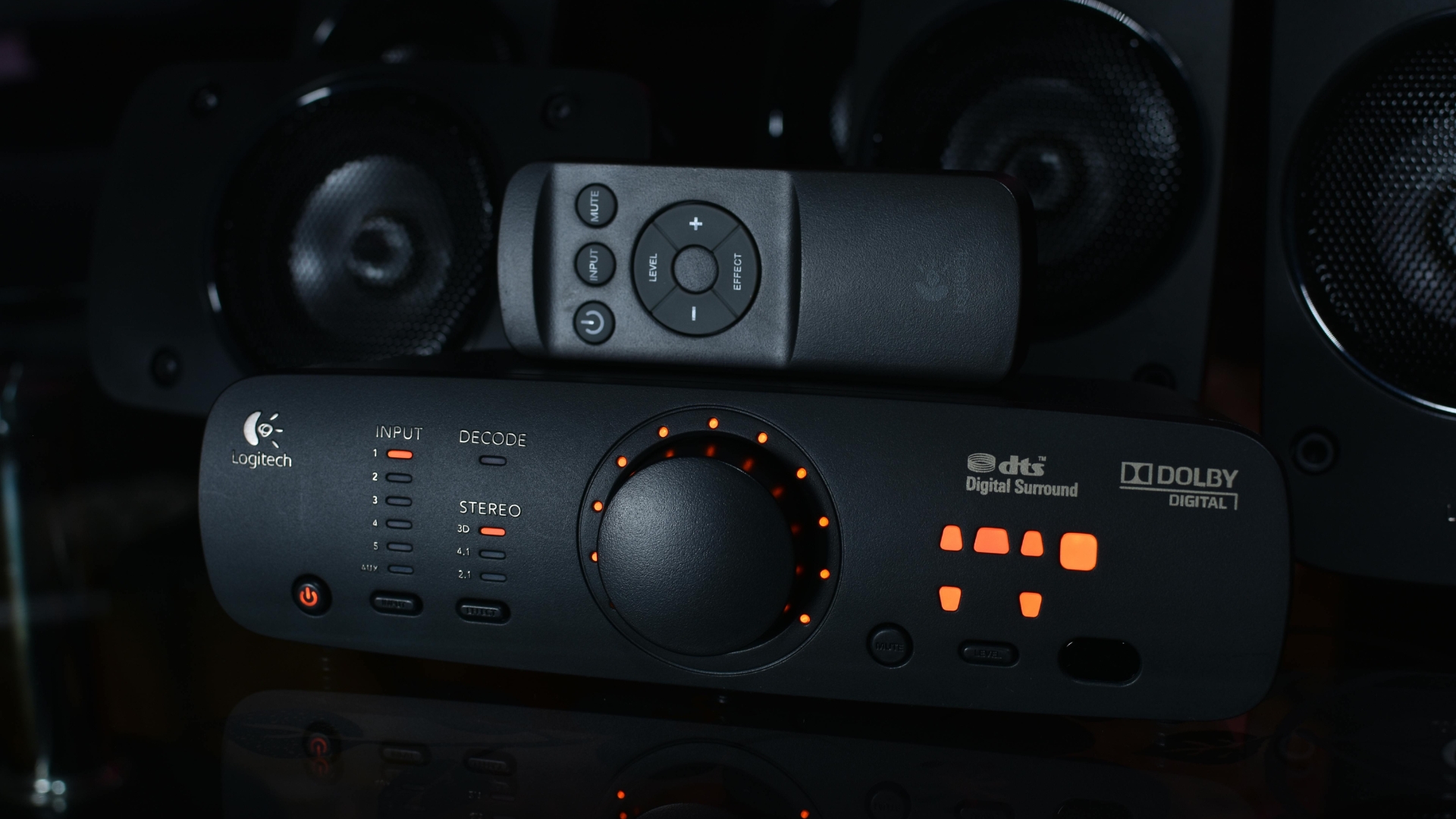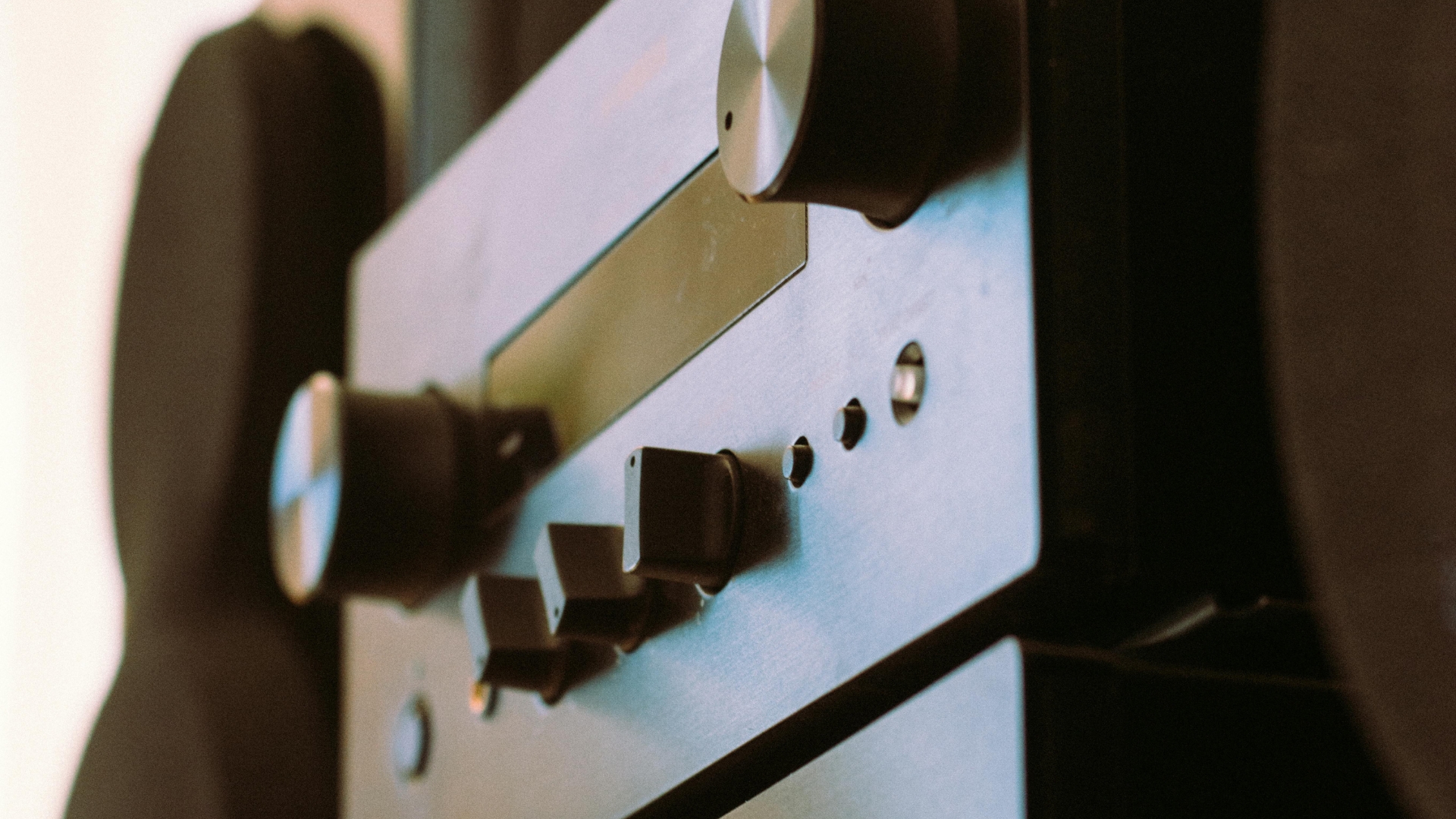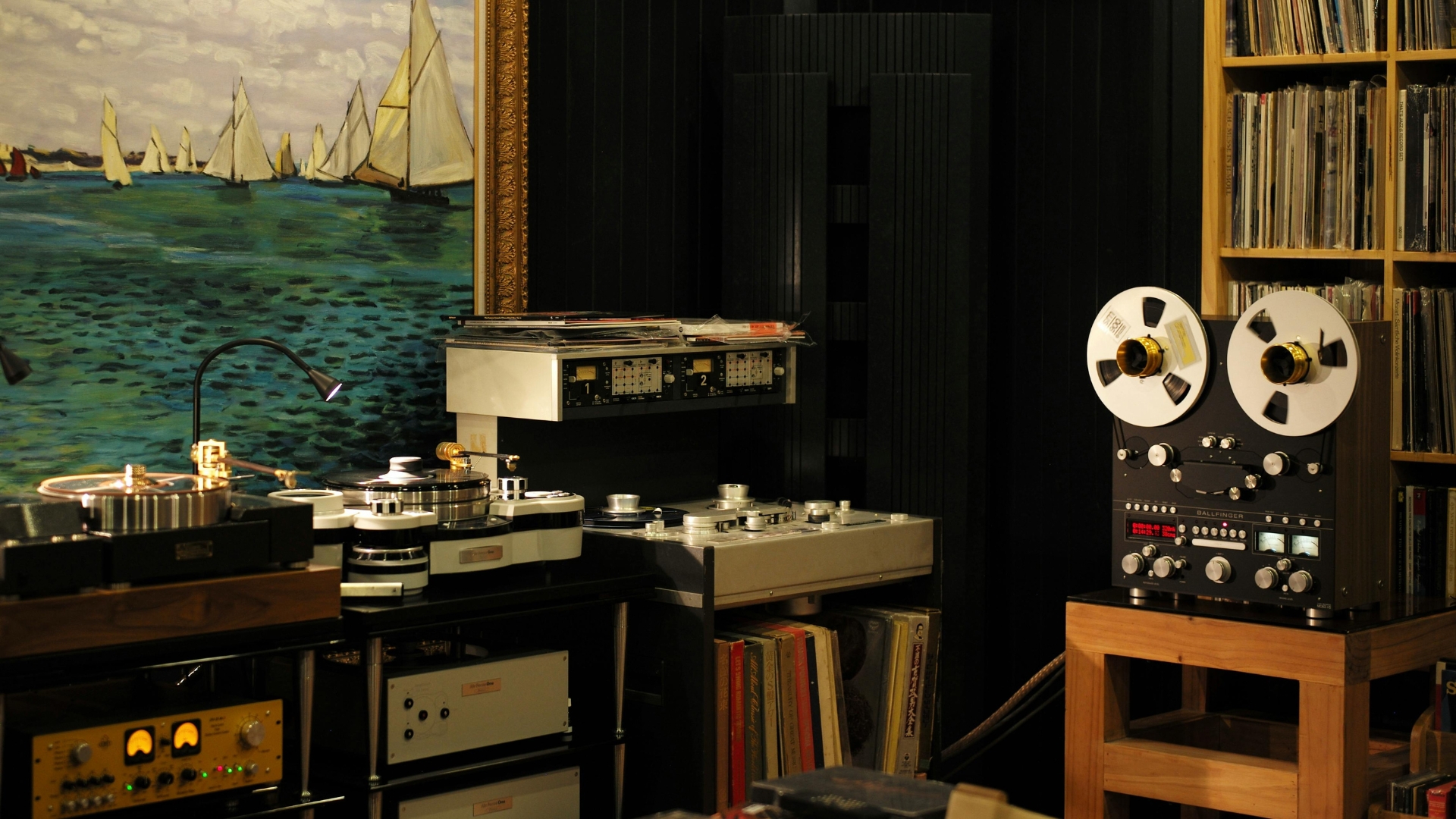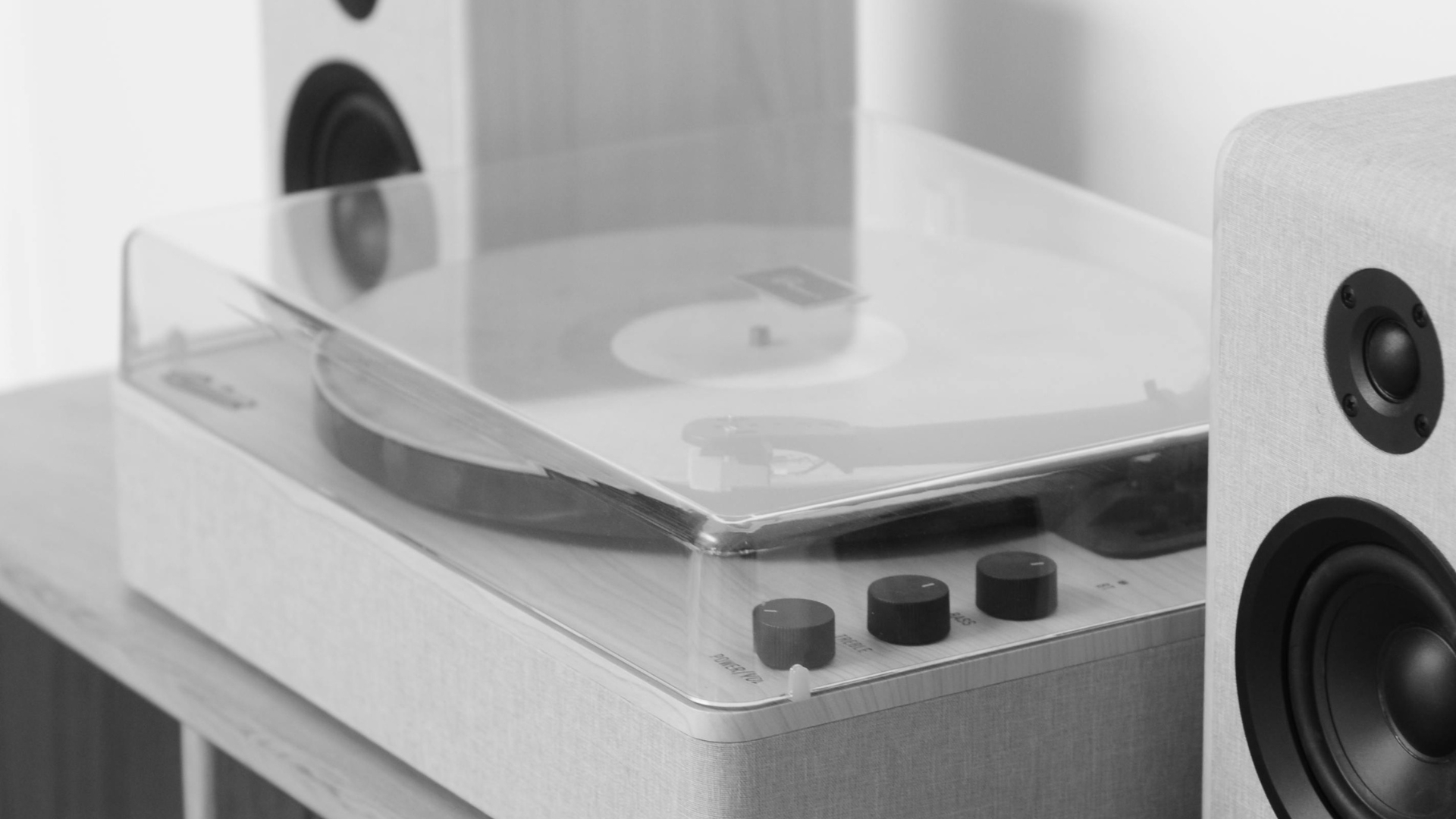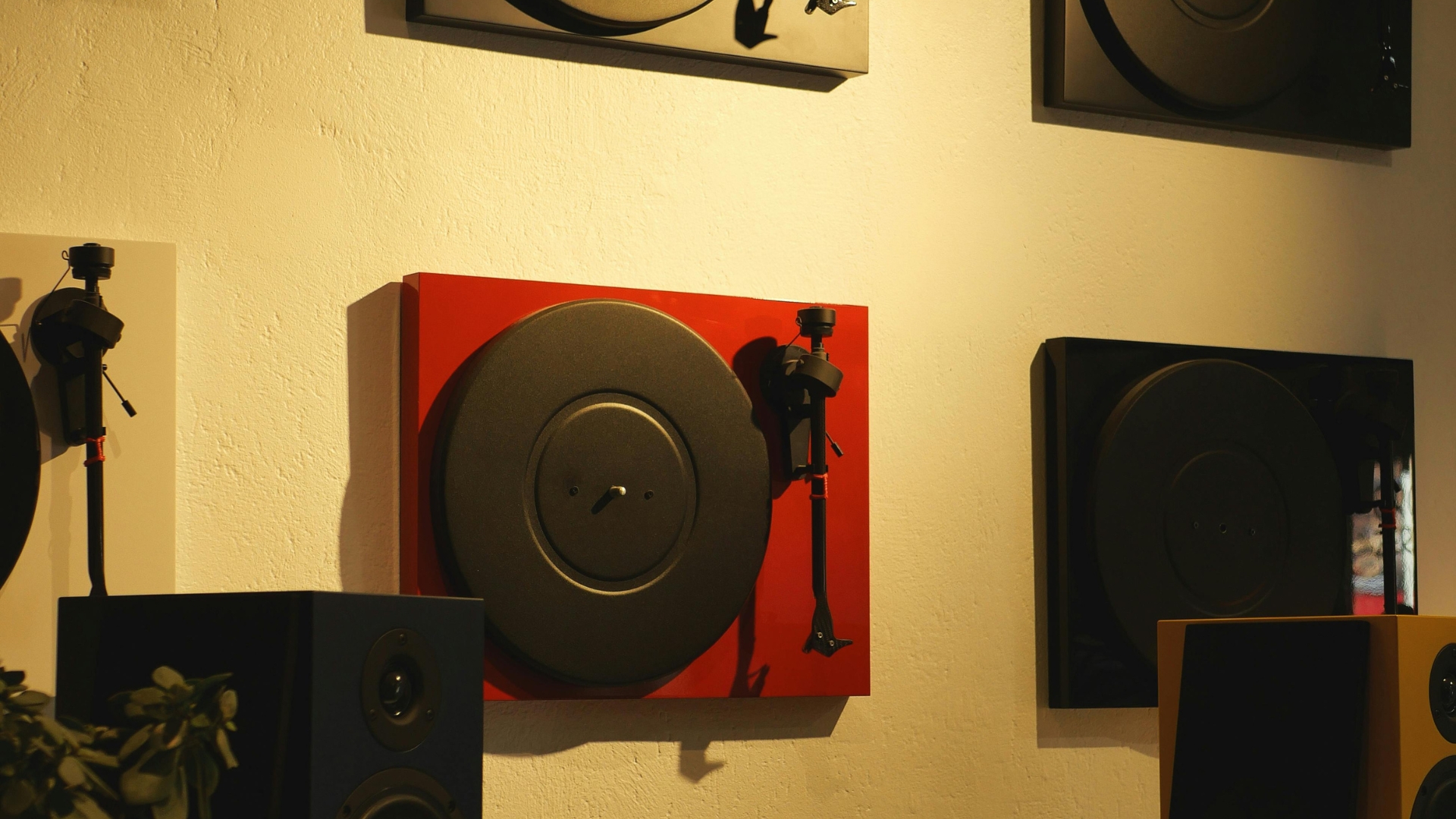Introduction
This blog post is about how to connect a subwoofer to your receiver without the need for external subwoofer output. If you have a new receiver with no built-in option, this article will show how you can still enjoy the deep bass of a subwoofer through the use of an aux cable and some speaker wire. It’s not difficult at all! Let’s get started…
Step One:
Connect the speaker wire from your subwoofer to a set of speakers with an aux input. The best place for this is behind your center channel or on its side in front of it, but experiment and see what works best for you. If all else fails, plug them into any unused set of inputs or outputs on the back panel (if both seats are occupied by other components).
This will make sure that sound travels through two connections before getting to these external speakers instead of directly from the receiver’s output terminal where feedback can occur between different cables and wires leading out to multiple destinations simultaneously. It also has the added benefit of allowing you to send more power down those wires which means increased bass response!
Step two:
Find your subwoofer, ideally, it will have a speaker input on the back labeled ‘sub out’ or something similar – if not then you’ll need to use an RCA cable instead of a speaker wire. Unplug all cables from the receiver except for one which is plugged into the Sub Out port on your amplifier (if this is not available, consult with customer support).
Plug that single cord in securely! If you’re using an HDMI connection as well make sure it’s connected too. Turn up the volume knob until there’s some sound coming through but be careful because amps can often produce ear-piercing volumes so do test it before stepping away from the equipment! Switch to the stereo mode by pressing the receiver’s ‘S’ button and then press your subwoofers power button.
Step three:
Turn up the volume knob until there is some sound coming through but be careful because amps can often produce ear-piercing volumes so do test it before stepping away from the equipment! Switch to the stereo mode by pressing the receiver’s “S” button, then go back into settings on your amplifier and turn off mono bass.
Step four:
When you’re sure everything is working as expected, enjoy that deep rich base in all of your favorite movies or music tunes again with a good old-fashioned subwoofer setup without an expensive complicated wiring changeover!
Benefits of this method include not having to run cables across floors throughout your house and the fact that you don’t have to buy a second subwoofer.
Step five:
Turn on the receiver’s ‘S’ button and then press your subwoofers power button.
Frequently Asked question
Q: Does this work for all types of receivers?
A: I can’t speak for all brands, but most should be able to do this kind of setup without any problems. The universal feature in many amps is an input labeled “sub-out” which will send a signal down one wire with enough power to get through even thick walls and floors.
Q: What are some other drawbacks besides no stereo sound?
A: In my experience, when using mono mode instead of stereo, I found that the bass sounds a little less punchy. One more drawback is that you may not be able to use your receiver’s speaker setup when listening through headphones or an aux cable. You’ll have to switch back and forth every time if you want four speakers on one side of the room and two on the other (like in my bedroom).
Q: What would be some benefits?
A: If it works for your system…it can save space by taking up just one input instead of three! It also simplifies how audio plays around the house because we don’t have to worry about any complicated wiring setups. That means no accidental disconnects from our music because someone forgets to turn off their tv before leaving the room.
Q: Would this work for anyone who has a receiver but does not have subwoofer output?
A: Yes, it would! If you’re like me and don’t know how to connect speakers without an amp out…I highly recommend just getting some powered bookshelf speakers that take one input instead of three (preferably with some bass controls). You could even still use your receiver’s speaker setup if you wanted to because they’ll be playing from their internal amplifier.
One more benefit is that since everything runs through the same audio cable, there’s no need to worry about any complicated wiring setups–that means no accidental disconnects from our music because someone forgets to plug in a wire.
Q: What are the disadvantages?
A: The only disadvantage I can see is that you’ll have to give up your receiver’s amplifier for music playback–that might be an issue if it were very good, or too expensive to replace with something of similar quality.
Q: What brands would work?
A: Different speakers will sound different depending on what kind and how many drivers they use (speakers come with one driver [for bass], two drivers [woofers/mid-range + tweeter], or three drivers). For this article, we’re going to focus on powered bookshelf speakers since their size means they fit well even in tight spaces like closets. Some popular choices include Sony, Klipsch, and Polk.
Q: What brands would work?
A: Different speakers will sound different depending on what kind and how many drivers they use (speakers come with one driver [for bass], two drivers [woofers/mid-range + tweeter], or three drivers). For this article, we’re going to focus on powered bookshelf speakers since their size means they fit well even in tight spaces like closets.
Q: How do I know whether my devices are compatible?
A: Make the most of your system by matching up the right devices. The receiver’s main function is to amplify a low-power signal into a higher and stronger one for output, as well as process audio signals with such features like surround sound decoding or EQ preset. It may also serve other purposes, depending on how it was designed. Most receivers are compatible with HDMI and have various input options so you can connect them to any audio source that has an RCA cable (CD player), coaxial connection (cable box), or optical digital input (Blu Ray DVD).
Disadvantages:
The disadvantage of this is that it takes a reliable power source to operate the subwoofer.
The drawbacks of connecting a receiver without an output are that if you have high-quality speakers, they may not produce sound.
A major disadvantage of using HDMI connections with video games or Blu-ray discs is screen lag. This can be frustrating when playing first-person shooters like Call of Duty where every second count.
Advantage:
An advantage would be how easy and simple it is for people who don’t know much about audio equipment.
Another advantage would be how affordable receivers usually are compared to separates which can cost over $2000 at times (this doesn’t include the cost of cables).
Conclusion:
Connecting your speaker system wirelessly requires less hassle than using a receiver with no subwoofer output. Wireless speakers are also much easier to set up and move around than wired speaker systems which can have them be more versatile in the home as well.
Subwoofers have been used by many audiophiles since they were first introduced decades ago because it provides improved sound quality when compared to standard speakers that only generate high frequencies. There’s more bass response produced which helps immersion during games and movies at home. It also adds weightiness to the music that’s being played.
A Subwoofer is a speaker that handles only the low-frequency range of audio frequencies. This can be because the frequency response of its driver unit’s roll-off has been set to below about 200 Hz, or it may have an amplifier with very limited bandwidth (typically less than 100 kHz). In some cases, both situations will apply and this device might informally be called “a subwoofer.”
It typically deals with frequencies in which humans are unable to hear due to how they interact with air molecules. For example, 20Hz -200hz gives a one-octave band for sub-woofers. The human ear doesn’t perceive these bass sounds as clearly as higher-pitched tones. This type of speaker would normally need a dedicated power source, and usually needs a large enclosure with an appropriately designed acoustic loading.
When people purchase their first home theater system, they will typically be thinking about getting the best speakers for movies and music playback possible to give them the most immersive experience in that space.
The problem is when you go out to buy new equipment like this, your budget might not allow it all at once so over time you can build up a complete surround sound system just by adding individual pieces as needed more money becomes available. This can work great if you plan on moving within the next few years because there won’t be any pressure of needing everything immediately or else having buyer’s remorse from paying full price for something that was only needed temporarily.
This guide has shown you how easy it is for anyone to connect their wireless system at home! Enjoy your new wireless audio experience!
Welcome to Audio Topper, your trusted source for all Things audio! I’m Lee Buckalew, a passionate audio enthusiast with years of experience exploring and reviewing top-notch audio equipment. My goal is to help you make informed decisions by offering honest reviews, expert insights, and detailed guides. Whether you're upgrading your home sound system or looking for the perfect gear to enhance your experience, I’m here to guide you every step of the way. At Audio Topper, I believe great sound transforms how we experience the world. Join me in uncovering the best in audio technology and elevating your listening experience.


